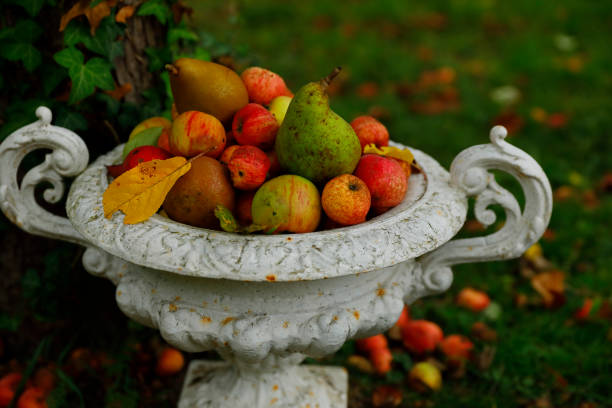When we live in a hectic, modern world and our diet is based on junk food, we should look to the culinary perspectives of the past. Traditional diets, which are diets centered around local, natural ingredients and rooted in long-standing cooking techniques- offer more than just nutritional advantages; they offer us a stronger position to embrace our cultural heritage. A few traditional diets (back in time meaning ancient) ate a culinary regimen based on archaic cooking techniques, such as the boiling of their meals.
Ancient Cooking Methods:
Clay Pot Cooking – An Ancient Method for Modern Times

Well before the time of our modern amenities, clay pot cooking was used by many cultures. Made of natural clay unglazed pots that give food a unique earthy aroma seldom experienced anymore in metal or ceramic cookware. Slow and even cooking is necessary to minimize fat used while conserving the nutrients in food; this is where clay pots come in. The low heat slow cook also helps the flavors of the other ingredients mature, which makes them gel deeper into the cuts. One way to make food healthier and decrease our dependence on processed oils in the kitchen is by using clay pot cooking as an alternative which would complement perfectly with a healthy lifestyle for families.
Fermentation – Harnessing the Power of Microbes

Fermentation, the process of preserving food by allowing it to ferment in a controlled manner, is one of the oldest preservation methods used in human history by ancient societies such as Egypt, China, and Scandinavia. In addition to increasing the probiotics that are essential for digestive health, this process also helps food last longer on the shelf. Traditional fermented foods such as kimchi, sauerkraut, kefir, and miso have been shown to promote gut health and boost immune function. Consuming fermented foods into your daily meals can help digest food more effectively and support a healthier immune system, which shows that wisdom passed down from generations ago can further our health today.
Stone Grinding – The Art of Whole Grain Flours

Stone milling is an age-old alternative method of grinding grains into flour. Contrary to modern roller milling, stone grinding retains the whole grain by not causing the germ or bran layer of the grain to lose unnecessary essential vitamins. This makes the flour full of dietary fiber, vitamins and minerals. Societies who still stone-grind are well known for their exceptional health along with low rates of gut issues. Through the use of these stone-ground flours for baking and cooking, people can experience a more nutrient-dense and digestible form of breads and other baked goods, renewing our connection to a dietary base that has kept human beings healthy for tens of thousands of years.
Sun-Drying: A Natural Preservation Technique

Sun-drying: The most primitive method to preserve just about anything from fruits and vegetables to meat and fish, the idea of drying food under the sun is probably as old as civilization itself. The process of drying food in the sun removes moisture, which means that spoilage organisms and enzymes cannot grow as easily. In addition to their shelf-stable capabilities, sun-dried foods concentrate flavors for a deeper taste profile. This method augments the taste organically and reduces the use of external additives such as artificial seasonings and preservatives since you are using naturally sun-dried ingredients in your meals.
Smoking – From Preservation to Flavor Enhancement

While it has been used for hundreds of years to cure meats and fish, smoking is also a method that can add flavor. This method involves smoking the food by allowing hot, humid smoke from smoldering wood to heat and flavor the food; this process flavors the food with smoke and can partially cook it. Experience the different taste profiles that each type of wood imparts (each type of wood creates a unique flavor). Though smoking was originally a preservation method, present-day cooks can experiment with these historical processes as contemporary smokers allow monitoring of smoke intensity and the temperature at which food is cooked, yielding delicious smoked meats and fish without the industrial-grade commercial preservatives used in some smoked products.
Pit Cooking – Celebrating Community and Tradition

Pit cooking is another method used to cook large amounts of food for community feasts and ceremonies. Pits could be 4-5 meters in diameter (like the ones ceremonially dug by the Sioux) or much smaller. The method involves smoking, roasting, and steaming food (often over many hours) en masse, building a community vibe in the process. By reviving pit cooking at communal celebrations, the art of using roasting pits not only restores attention to communal interaction but also provides a new way for people to experience real, fresh food.
Not only are we able to respect our ancestors by using these old methods of cooking, but our bodies also benefit from eating in a natural and wholesome manner. Through this integration of ancient roots in our contemporary lives, we have found new ways to nourish our bodies and our communities showing that sometimes looking back is the best option for moving forward.
Thank you for reading my article about “Traditional Diets” and I would love to receive your comments down below, in case of any.

